What Are The Parts Of A Wooden Bench Plane?
The blade is the primary cutting element, while the lever cap holds it in place and allows for adjustment. The frog rests on the plane’s body and supports the blade at the desired angle. The chip breaker helps prevent wood chips from clogging the blade.
The knob and tote provide a comfortable grip for maneuvering and controlling the plane. With these essential parts, a wooden bench plane becomes a valuable asset for shaping and smoothing wood surfaces accurately and efficiently. So let’s dive into each component and explore their functions further.
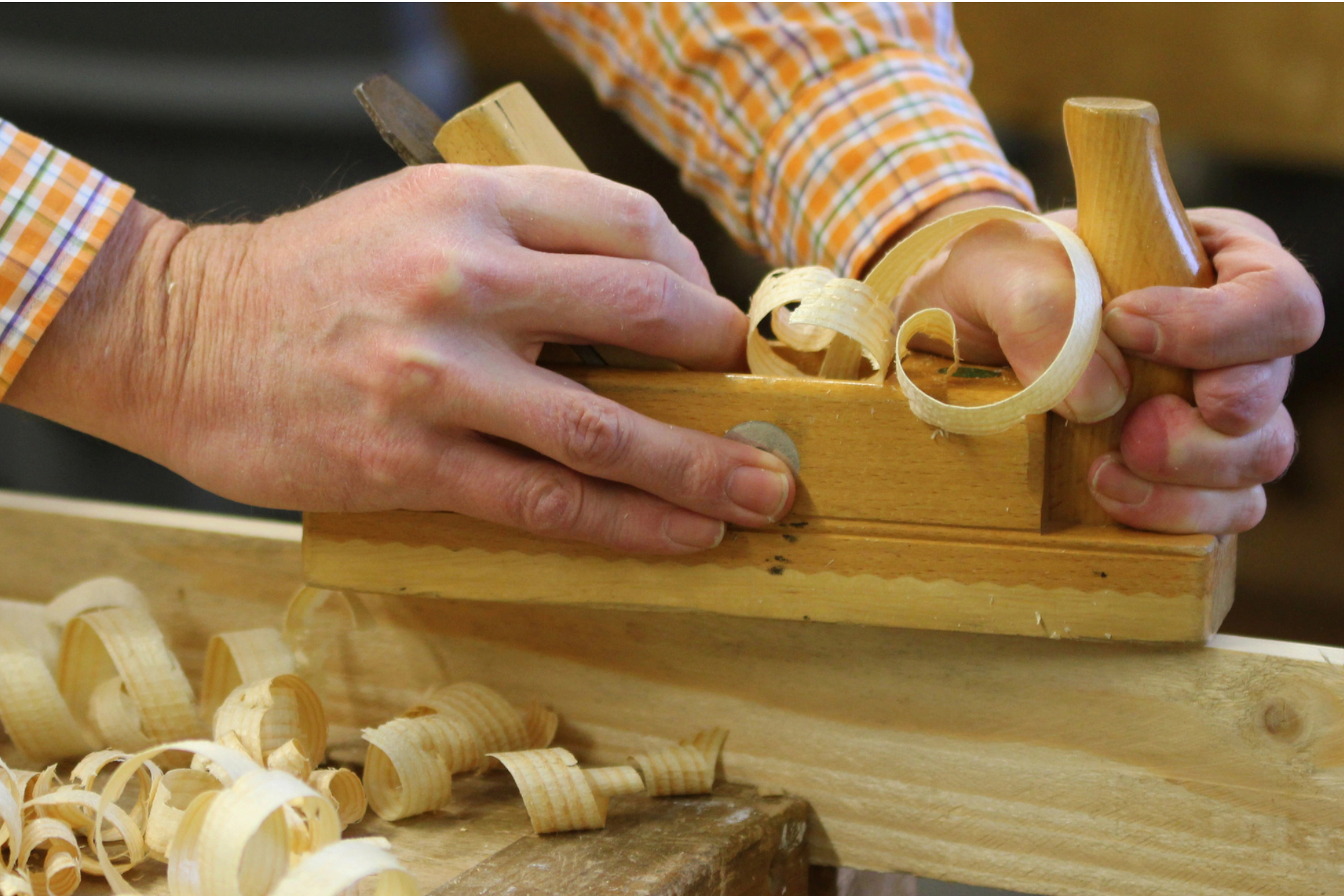
The Body Of A Wooden Bench Plane
The body of a wooden bench plane consists of several essential components that contribute to its functionality. Upon examining its main structure, we encounter various elements worth mentioning. First, the handle, providing a comfortable grip for the user. Moving on, the frog, an adjustable part that holds the blade in place.
Then, the tote, a handle-like feature used for guiding the plane during use. Another integral piece is the throat opening, allowing shavings to pass through. Additionally, we find the sole, a flat surface that comes into contact with the wood being planed.
Finally, the chipbreaker, situated near the cutting edge, helps to control the thickness of the shavings produced. Understanding the different parts of a wooden bench plane is crucial for maximizing its effectiveness in woodworking tasks.
Understanding The Blade And Cap Iron
Wooden bench planes consist of several essential parts, including the blade and cap iron. The blade is a crucial element responsible for cutting and shaping the wood. It needs to be adjusted and sharpened correctly to ensure optimal performance. Additionally, the cap iron plays a vital role in stabilizing the blade during operation.
It helps reduce vibrations and improves the overall cutting experience. When adjusting the blade and cap iron, it’s important to consider the bevel angle and back bevel to achieve the desired cutting efficiency. Honing techniques are also crucial for maintaining the sharpness and longevity of the blade.
Understanding these parts and their significance is essential for anyone working with wooden bench planes.
Exploring The Adjustments And Controls
Wooden bench planes consist of several essential parts for adjustments and controls. These mechanisms allow for precision and smooth operation. The depth adjustment mechanisms enable you to control the depth of cut accurately. The lever cap secures and holds the blade in place for stability.
The lateral adjustment lever helps in aligning the blade to achieve optimal performance. The depth adjustment wheel allows you to fine-tune the cutting depth. Understanding how to set the depth of cut correctly is crucial for achieving desired results. By familiarizing yourself with these controls and adjustments, you can effectively use a wooden bench plane to accomplish your woodworking tasks with ease and accuracy.
The Functions Of The Wooden Bench Plane Parts
The wooden bench plane consists of various parts, each playing a crucial role in its functionality. The handle and tote enhance maneuverability and control, empowering woodworkers to achieve precise and smooth planing. Another key component is the frog, responsible for aligning the blade and ensuring stability.
Additionally, the throat opening holds significant importance in chip ejection and the removal of fine shavings, facilitating a clean planing process. The characteristics of the sole also come into play, impacting the overall planing experience. Lastly, the chipbreaker plays a vital role in reducing tear-out, resulting in a smoother finish.
Understanding these essential parts enables woodworkers to optimize the performance of their wooden bench planes, delivering superior woodworking results.
Maintaining And Cleaning Your Wooden Bench Plane
Properly maintaining and cleaning your wooden bench plane is essential for its longevity. To keep your plane in optimal condition, follow these key steps. Begin by using the right cleaning techniques and materials to remove any dirt or debris. Ensure you don’t use harsh chemicals that could damage the wood.
Next, lubricate the moving parts of the plane to reduce friction and maintain smooth operation. Choose a suitable lubricant, such as oil or wax, and apply it regularly. Finally, when you’re not using your wooden bench plane, store it in a dry environment to prevent moisture from warping the wood.
Remember to keep it protected from any potential damage or accidental contact. By following these maintenance and cleaning steps, you can keep your wooden bench plane in excellent working condition for years to come.
Choosing The Right Wooden Bench Plane
Choosing the right wooden bench plane requires considering different types and sizes available in the market. The factors to consider when selecting a wooden bench plane include matching the plane to the desired woodworking tasks. It’s important to find a plane that suits the specific needs and requirements of the project at hand.
The variety of planes available ensures that there is one suitable for every task, whether it’s smoothing, shaping, or flattening wood surfaces. By carefully assessing the nature of the woodworking tasks and the desired outcomes, one can make an informed decision on the right wooden bench plane to invest in.
A well-selected plane will not only enhance the woodworking experience but also contribute to achieving high-quality results.
Conclusion
Crafting wooden bench planes requires careful attention to the different parts that make up this essential woodworking tool. Understanding the composition is crucial for both beginners and experienced woodworkers alike. The body of the plane, often made from dense and durable wood, provides the foundation for stability and control during use.
The iron, placed within the body and protruding through the mouth, is responsible for shaving away wood while creating a smooth surface. The lever cap secures the iron in place, ensuring consistent performance. The knob and tote, positioned at the rear of the plane, offer stability and comfortable grip for precise hand movements.
Lastly, the frog, an adjustable component, controls the depth and angle of the iron’s cut, allowing for versatile woodworking applications. By familiarizing oneself with the parts of a wooden bench plane, craftsmen can harness the full potential of this indispensable tool and achieve exceptional woodworking results.

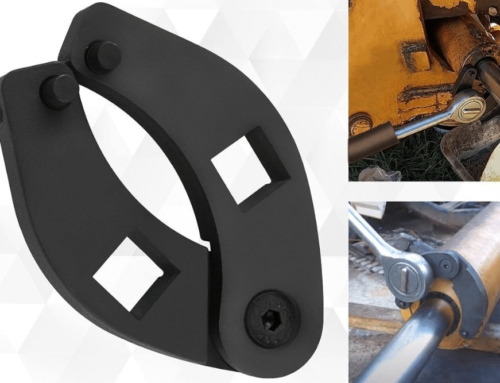
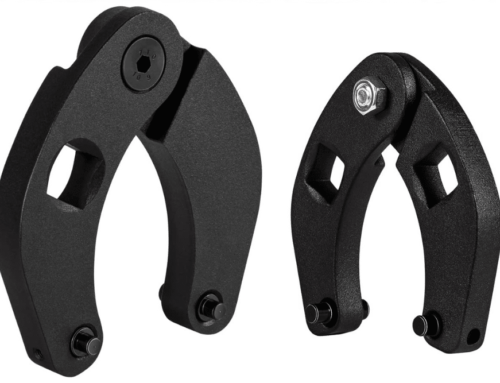
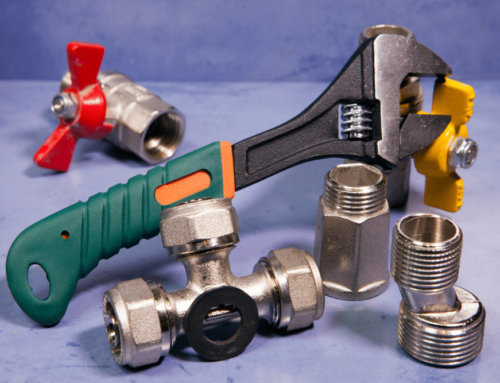
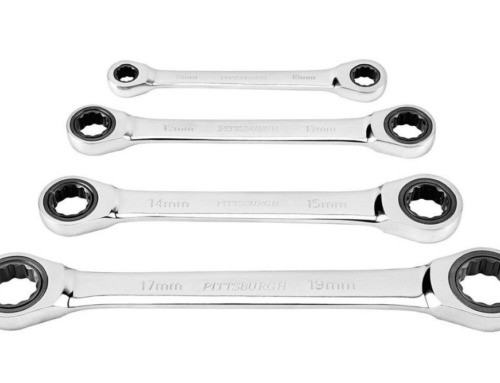
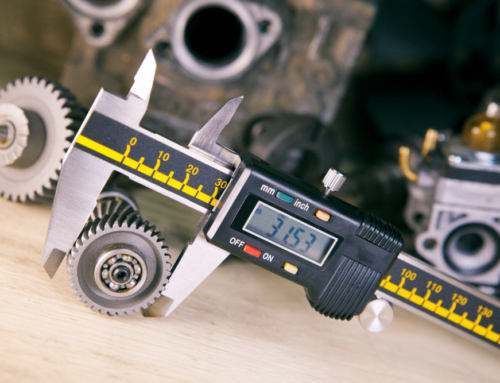

Leave A Comment